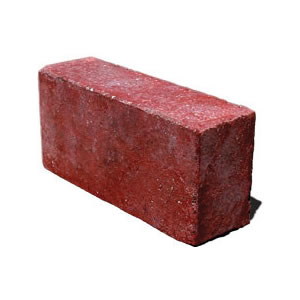Energy shields are the ugly duckling of the Armored Core series; From one of the franchise’s most useless pieces of gear, they have evolved into an essential component that is literally part of every AC you fly.
When they first made their appearance in AC, EN shields weren’t quite as effective as we all hoped they would be. While their defense boost did turn your AC into a brick wall, their energy drain and weight ensured you also had just as much mobility as one.

In fact, why would you even bother trying to tack on EN shields when the space can be better used for more firepower? AC is a game where victory goes to the guy with the bigger gun, if not the guy who can wield it better. You do not win by hoping your opponent gets bored of hurting you. If you had to sacrifice a missile extension or a left-hand bazooka just to let your AC impersonate the F91, you deserve to get blown up. Shame on you.
Thankfully, From Software saw just how lamesauce the EN shields were, and promptly retconned their creation with the arrival of AC4. The shields became an integral part of every AC design, didn’t drain your energy, and most importantly, covered the mech in a permanent, 360 degree bubble, thereby eliminating those pesky blind spots not covered by the shield.
They even changed the EN shield’s name into something more badass: Primal Armor, implying that it was now powered by a combination of the AC’s awesome, and your own manly energy (let’s call it manergy).

Regardless of what the thing runs on, it works – Primal Armor has developed a reputation for drastically cutting down the amount of hurt your AC takes from anything the enemy throws at you, rifles, grenades, or laser blades. It’s awesome stuff, but sadly, PA tech is still decades away from ever being conceived.
Or is it?
Back in 1996, John Brown of the UK’s Defense Science and Technology Laboratory began research into a new defense technology that would allow light vehicles such as APCs to withstand direct hits from RPGs and armor-piercing shells: Electromagnetic Armor (EMA).

Brown’s armor design works similarly to explosive reactive armor, in that it uses modular segments of spaced armor plate mounted on the vehicle to help deflect the molten copper jet used by most of today’s anti-tank weapons. The difference, however, lies in how each system defeats the threat.
Standard reactive armor uses two armor plates with an explosive liner sandwiched in between. When the warhead from a weapon such as an RPG detonates, it initially penetrates the first armor layer, before reaching and detonates the explosive lining. The explosion blasts the upper armor plate off the vehicle, which in turn keeps the molten jet from forming properly.
In contrast, EMA replaces the explosive lining with an insulator, while the vehicle’s own power supply is used to give the armor a high-voltage charge. When a copper warhead penetrates the first layer and makes contact with the secondary layer, it completes the circuit which then causes the armor’s electrical energy to course through the penetrator. This discharge creates enough heat to either vaporize the penetrator, or convert it into plasma. Here’s a video demonstrating how the whole thing works.
Not quite as spectacular as Primal Armor, but the point is that it works, and the vehicle’s passengers get to live and fight another day. What’s more, EMA draws its power off the vehicle’s own battery pack, which is definitely a step above AC’s not-so-efficient EN shields. It’s still under development though, with further tests expected to be carried out in 2012 once the Army finds a capacitor that can work the whole system efficiently.
I don’t blame them for the delay though – building a capacitor that can only hold in so much manergy from their soldiers to work the armor is going to be tough.


